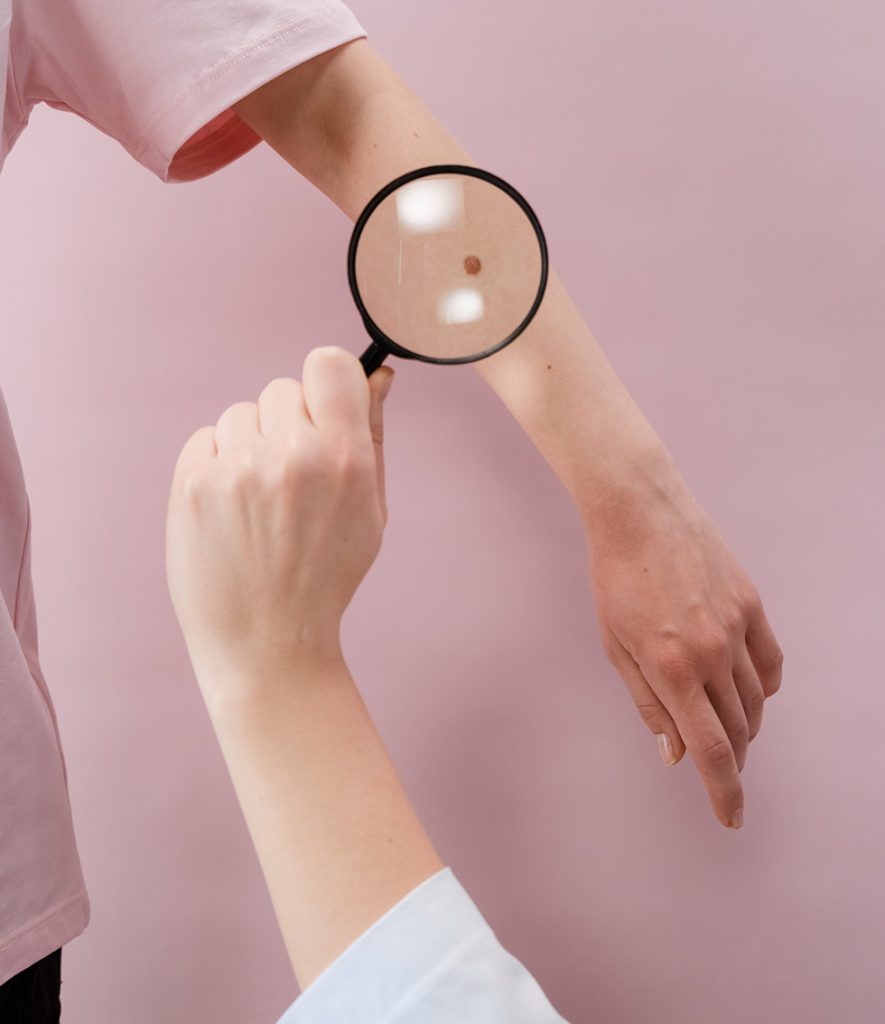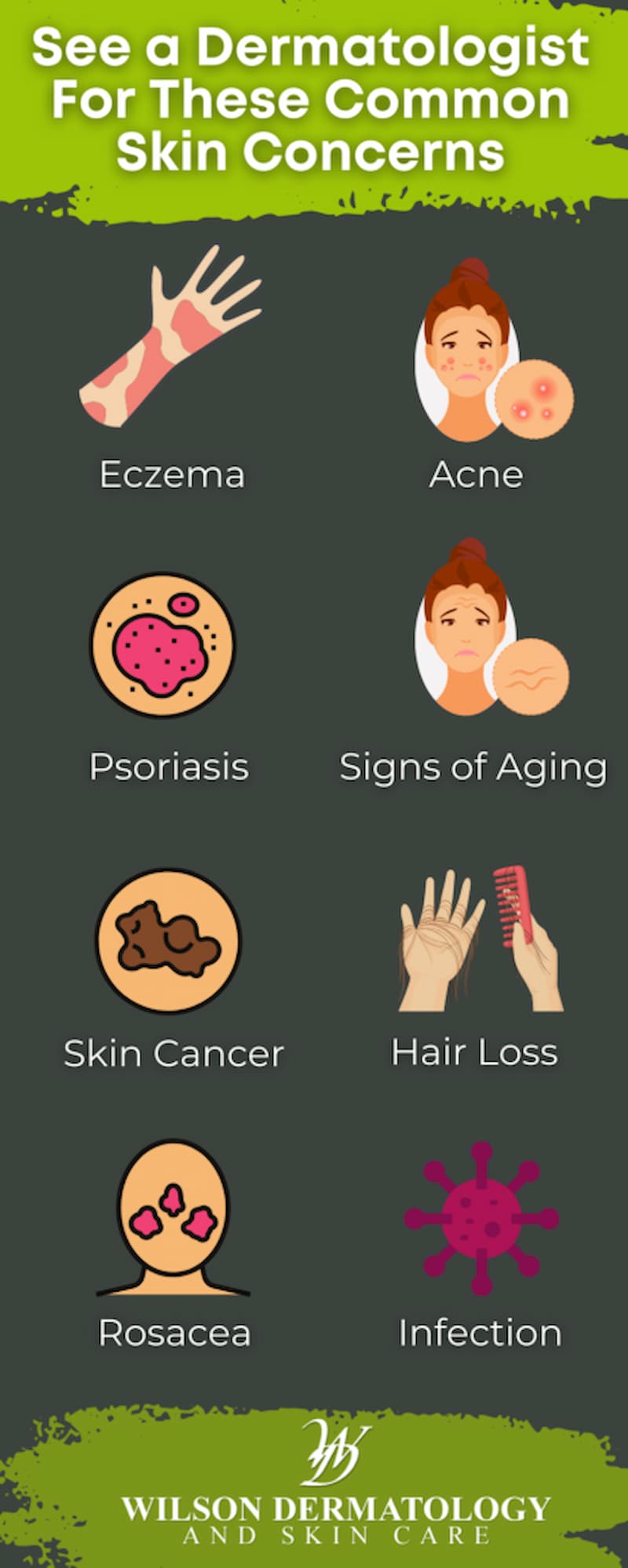Exploring the most up to date Developments in Dermatology: Mohs Techniques for Effective Skin Cancer Therapy
In the developing landscape of dermatology, Mohs surgical procedure has become a groundbreaking strategy in treating skin cancer cells. This strategy, known for its accuracy and efficacy, has reinvented the domain, providing a sign of hope for clients with basic and squamous cell cancers. As we unpack the complexities of this treatment and its edge over conventional therapies, one can't aid but ponder the transformative possible Mohs surgery holds for the future of skin cancer cells therapy.
Recognizing the Basics of Mohs Surgical Treatment
A substantial number of people around the world are significantly transforming to Mohs surgical treatment for skin cancer cells therapy. The effectiveness of Mohs surgical treatment is exceptional, boasting the highest success price amongst therapies for skin cancer cells, with a reported five-year remedy rate of up to 99% for new cancers.
The Introducing Function of Mohs Surgical Treatment in Treating Skin Cancer Cells
Regardless of the myriad of skin cancer treatments readily available today, Mohs surgery holds an unique introducing duty. Developed by Dr. Frederic Mohs in the 1930s, this procedure has actually changed the field of dermatology by providing the highest possible treatment rate for skin cancer clients. Mohs surgical procedure is particularly effective in treating hostile and reoccuring cancers, making it a favored selection for skin cancers cells situated in cosmetically sensitive or functionally important locations.

The Procedure: A Step-by-Step Breakdown of Mohs Surgical Procedure
Undertaking Mohs surgery entails a meticulous, detailed procedure developed to eradicate skin cancer while maintaining healthy tissue. Each layer is diligently analyzed under a microscopic lense to inspect for cancer cells. Unlike typical approaches, Mohs surgical treatment enables the cosmetic surgeon to properly establish when the cancer cells has been totally gotten rid of, decreasing the requirement for additional treatment.
Trick Advantages of Opting for Mohs Surgery: Efficiency and Accuracy

Mohs Surgical treatment vs. Typical Skin Cancer Treatments: A Relative Analysis
The relative evaluation between Mohs surgical treatment and traditional skin cancer therapies necessitates a detailed understanding of both methods. The very first component of the examination will translate the procedure of Mohs surgery, complied with by an expedition of conventional treatments. The last facet of the contrast will concentrate on the effectiveness of each approach, providing a clear contrast between Mohs and standard therapies.
Understanding Standard Therapies
Patients fighting skin cancer cells usually challenge an overwelming array of treatment alternatives. Standard therapies largely entail surgical excision, cryotherapy, radiation, and topical chemotherapy. In surgical excision, the malignant tissue is reduced out together with some surrounding healthy skin. Cryotherapy makes use of severe chilly to kill cancer cells, while radiation therapy uses high-energy rays to damage them (hair loss). Topical chemotherapy entails using a cream or gel directly onto the skin cancer cells. While top article these therapies can be efficient, they may additionally bring about scarring, pain, and in many cases, recurrence of the cancer. Therefore, the selection of treatment demands a mindful balance between getting rid of the cancer thoroughly and see here maintaining as much healthy skin as possible. The following section will check out the Mohs surgical treatment, a strategy that aims to achieve this equilibrium.
Translating Mohs Surgery
One such advancement is Mohs surgical procedure, a specialized treatment that succeeds in treating certain types of skin cancer cells. Unlike traditional therapies that frequently get rid of additional healthy skin around the growth, Mohs surgical treatment is an accurate technique that entails eliminating skin cancer layer by layer while examining each layer under a microscope up until no cancer cells continue to be. Mohs surgery is not suitable for all skin cancers and individual conditions, thus demanding a cautious evaluation by skin doctors.
Effectiveness Comparison: Mohs vs. Traditional
While both Mohs surgical treatment and traditional skin cancer cells treatments have their merits, a comparative evaluation discloses unique distinctions in effectiveness. The Mohs method, involving the elimination of one skin layer at a time, has actually shown higher remedy rates for both main and recurring skin cancers cells. Patient suitability, cancer cells kind, and area significantly affect therapy end results.
Welcoming the Future: The Expanding Fostering of Mohs Surgical Procedure in Dermatology
In the last few years, making use of Mohs weblink surgical procedure in the area of dermatology has actually seen a remarkable rise. This growing adoption is attributed to the procedure's high cure prices, specifically for basic cell cancer and squamous cell cancer, one of the most typical kinds of skin cancer. Mohs surgery offers the benefit of protecting healthier cells than typical techniques, making it a favored choice for dealing with cancers cells in cosmetically sensitive locations - hair loss. As dermatologists come to be a lot more competent and comfortable with the strategy, its use is expected to proceed broadening. However, the demand for certain training and resources can posture difficulties to widespread fostering. Regardless of this, the future of dermatology seems to be welcoming Mohs surgical procedure as an essential tool against skin cancer cells.
Conclusion
In summary, the advancements in Mohs surgical treatment strategies have transformed skin cancer cells therapy in dermatology. The procedure's precision in eliminating malignant skin layers while conserving healthy tissue has actually shown its efficiency, leading to high cure rates and reduced reappearance. Offered its superiority over conventional techniques, the fostering of Mohs surgical procedure is expected to grow, positioning it as the future of efficient skin cancer treatment.